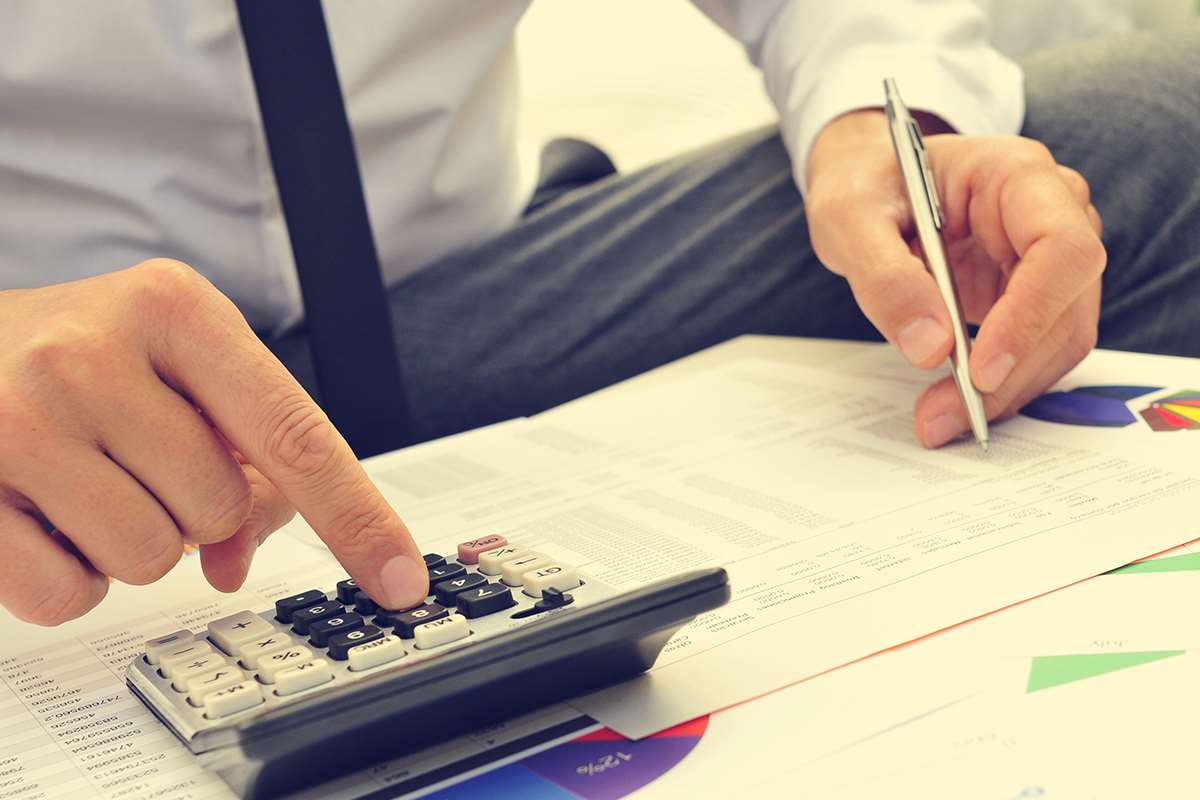
This lack of financial oversight and accountability can have significant repercussions, as inaccurate financial data may mislead stakeholders and impact the organization’s decision-making process. It can also lead to increased scrutiny during financial audits, potentially resulting in fines or legal penalties for non-compliance. Recording transactions in the wrong account can distort the classification of financial events, leading to inaccuracies in financial statements and misinterpretation of an organization’s financial performance.
What Are the Benefits of Financial Accounts to a Business?

Companies often extend credit terms for payment, such as 30 days, 60 days, or 90 days, depending on the product or service being sold or industry norms. They are unrelated to transactions that specify if cash’s been paid or if it will be paid in the future. For example, if Company A purchases a machine from Company B and sees that it is defective, returning it will not entail any cash spent, so it falls under non-cash transactions. In other words, transactions that are not cash or credit are non-cash transactions.
Here are Six Basic Procedures Which Assist You in Record Business Transactions:
Implementing proper internal controls involves establishing checks and balances to mitigate the risk of errors and fraud in the recording process, ensuring the reliability and accuracy of financial data. Cash transactions involve the exchange of money for goods or services and are recorded to reflect the inflow or outflow of cash from the organization, impacting its financial position and recording transactions in a journal liquidity. In business, purchase transactions occur when a company buys goods or services. Like sales transactions, these purchases can be for cash or something of value. Ahead, you’ll learn what business transactions are and how they’re recorded in the company’s books.
- Once a transaction has been recorded in the appropriate journal, it is moved to the proper ledger account.
- A customer agrees to purchase one and pays you now even though you won’t deliver the product until sometime later.
- However, with today accounting software such as QuickBooks, transactions can be recorded into the system with the software interface without the need to specify the debit or the credit.
- The foundation of accurate transaction recording is built upon several accounting principles that guide the process.
- The debit to Office Supplies records the expense incurred, recognizing that the company has used or will use those supplies for operations.
Adhere to Double-Entry Bookkeeping
Dividends are a contra equity account which means that it is the opposite of equity and its balance reduces equity. They increase by debits (left side) and decrease by credits (right side) to the account. Equity decreases by debits (left side) and CARES Act increases by credits (right side) to the account.
- But how do we define bookkeeping, and why is bookkeeping important?
- Dividends are a contra equity account which means that it is the opposite of equity and its balance reduces equity.
- The balance sheet would experience an increase in assets and an increase in liabilities.
- Regular account reconciliation ensures that all transactions are accurately recorded, providing a clear overview of financial positions.
- Bookkeeping is the process of tracking all documentation of any financial transactions that a business entity makes from launch to closure.
Why should I keep records?

Professional bookkeepers and accountants do this stuff for a living. If you don’t have one already, you can find accountants, bookkeepers and tax professionals to help in Xero’s advisor directory. Free accounting tools and templates to help speed up and simplify workflows.

That way amounts, dates, taxes, and customer and vendor information are automatically recorded in the software at time of issue. A dedicated business bank account can help you stay on top of your accounting and avoid mixing up personal and business expenses. Doing it this way means your bank statement reflects all (or certainly most) of your business transactions. Then simply copying them across to your accounting records will be a great start.
What Are the Different Methods of Recording Transactions?
This creates a sales transaction for the pastry company because it’s offering something of value (a case of macarons) and the hotel accepted by offering something of value (cash). A sales transaction happens when your business sells something to a buyer. That something could be a physical item, an intangible good (like software), or a service. But it could also be goods or services, which is known as a barter transaction. A barter transaction example is when you provide a gift card from your ecommerce store to your tax accountant for preparing your annual tax return. This chapter gives a brief description of how transactions are recorded in accounting systems, including the use of codes to define information precisely.

A record of transactions in accounting is created when you journalize transactions. If a supplier invoice is received, the accountant can record it in the accounts payable section of any accounting software. This will create a journal entry that will credit the accounts payable and debit the expenses. These transactions are integral to the functioning of Bakery Accounting businesses, as they manage the accounts payable and accounts receivable effectively, facilitating smooth operations. Effective management of credit transactions is crucial for maintaining a healthy cash flow and minimizing financial risks.


